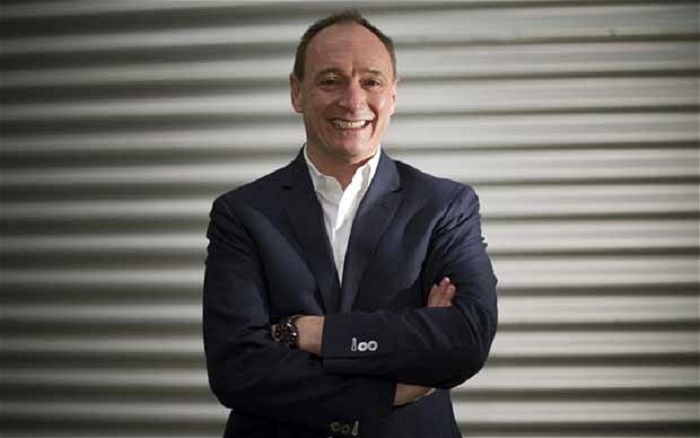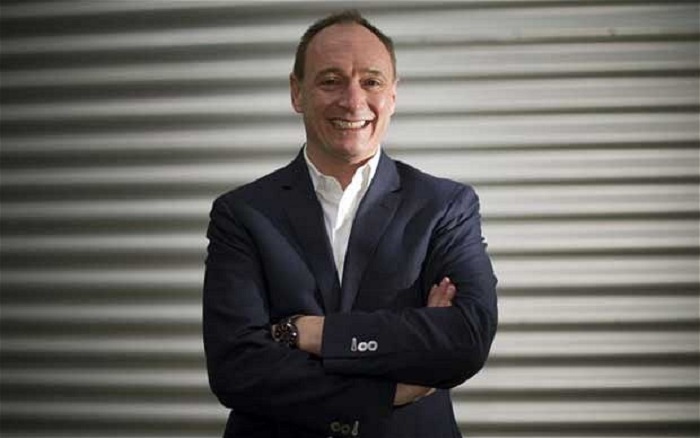Dyson Ltd has reported turnover of £1.4bn with profit rising by 21%, despite the company being hit by a strong Pound which pulled it back to 13%. Research and Development investment was up 40% with growth driven by global demand, particularly Asia. There was also a strong performance from new technologies including bladeless fans, purifiers and humidifiers. Sales of Dyson patented cordless vacuum technology grew by 68% globally.
Dyson Australia managing director, Glenn Andrew said, “We are continuing to see growth as we continue to lead and create new categories. In March, Dyson achieved all of the top 10 selling vacuum cleaners position by value. We are not only number one in floorcare, but now Australia’s number one small domestic appliance brand.”
“We built on that success with the launch of the Dyson V6 cordless range in April, and two new environmental control products, the bladeless Dyson Hot+Cool fan heater and our new Dyson Humidifier in May. The market is reacting well to the new technology.
“Good Design Australia has awarded the Dyson Humidifier and the new Dyson Hot+Cool with Good Design Awards. And, our full size range was accredited with a Sensitive Choice mark,” he added.
The Dyson V6 Absolute proving hugely popular follows the success of the previous iteration, DC59, which was the number one selling vacuum in Australia last year. $8 out of every $10 spent on hand stick vacuums purchased in Australia is spent on a Dyson.
During 2014 Dyson announced a £1.5bn investment in its global technology pipeline; the first phase is underway with the expansion of the company’s Malmesbury campus and R&D laboratories and the completion of a £200m investment in high technology manufacturing complex in Singapore.
Dyson chairman and founder James Dyson said, “We spent an additional 40% on research and development last year and now spend £3m a week as we develop expertise in entirely new areas. We are working on the core technology which will deliver the next leap in technology. For that we need the world’s best engineers whether at our Malmesbury research laboratories or in the universities we are partnered with. Our technology is our future.”
Dyson CEO Max Conze (pictured above), said, “The blueprint we put in place four years ago is now a reality – rather than full size vacuums, the majority of our business comes from cordless vacuum cleaning and our growing range of Air Multiplier technology. Asia drives our growth, where our air purifier technology is taking us into new homes and cordless vacuum technology is consigning traditional dustpan and brush to the bin.”
Technology
Dyson Air Multiplier™ technology: A large part of the company’s growth in 2014 was driven by Dyson’s rapidly expanding range of Air Multiplier™ technology – which grew by 20% across Asia. The Dyson Humidifier was launched in Japan and quickly became the top selling humidifier, in value.
Vacuums: In Japan, sales of Dyson’s cordless vacuum cleaners now outsell traditional corded machines 3:1, in China by 4:1. Global demand for Dyson’s cordless vacuum cleaner technology grew 68% year on year (in value terms) as it launched its new range of Dyson digital motor V6 powered cordless vacuum cleaners.
Lighting: Dyson acquired Jake Dyson Lighting. First with his CSYS™ LED task light, and soon with the high-powered CuBeam™ LED light, Jake Dyson has developed core lighting technology to overcome the problems presented by current LEDs.
Core technology: Dyson has produced 10m digital motors since developing the initial patented technology. Four additional production lines have now been completed at Dyson’s advanced motor manufacturing facility in Singapore, increasing motor manufacturing capacity to 11m motors every year.
Dyson made its first external investment in Michigan-based solid state battery manufacturer Sakti3. This solid state technology distinguishes itself from other technology because it has the highest known energy density of any battery to date. It also boasts a simple and cheap manufacturing process, is more environmentally friendly, and its base platform supports continued improvements in energy density.
Research: In 2014 Dyson ramped up investment in university research and now has over 30 active programmes in the UK. Alongside this it has continued to grow in-house engineering teams. 50% of Dyson’s 2,500 people at its Malmesbury headquarters work in R&D, and it has 2,500 engineers globally.
Global Growth:
90% of Dyson technology is sold outside the UK in 75 markets and has leading technology positions in USA, Japan, Europe and Australia, and rapid growth across Asia.
Asia: In 2014 Dyson doubled the size of its China business and maintained its position as market leader in Japan – which is now its second largest market. Korea, one of Dyson’s fastest growing markets, is now in the top ten and Dyson is market leader (by value) in Taiwan, Hong Kong and Singapore.
Europe: Dyson doubled profits in Italy and by a quarter in Spain. This year the company took the number one spot in Germany in terms of sales, but was also voted the number one manufacturer by the German Institute of Service Quality, beating Miele, Vorwerk, Siemens, AEG, Bosch, Karcher.


